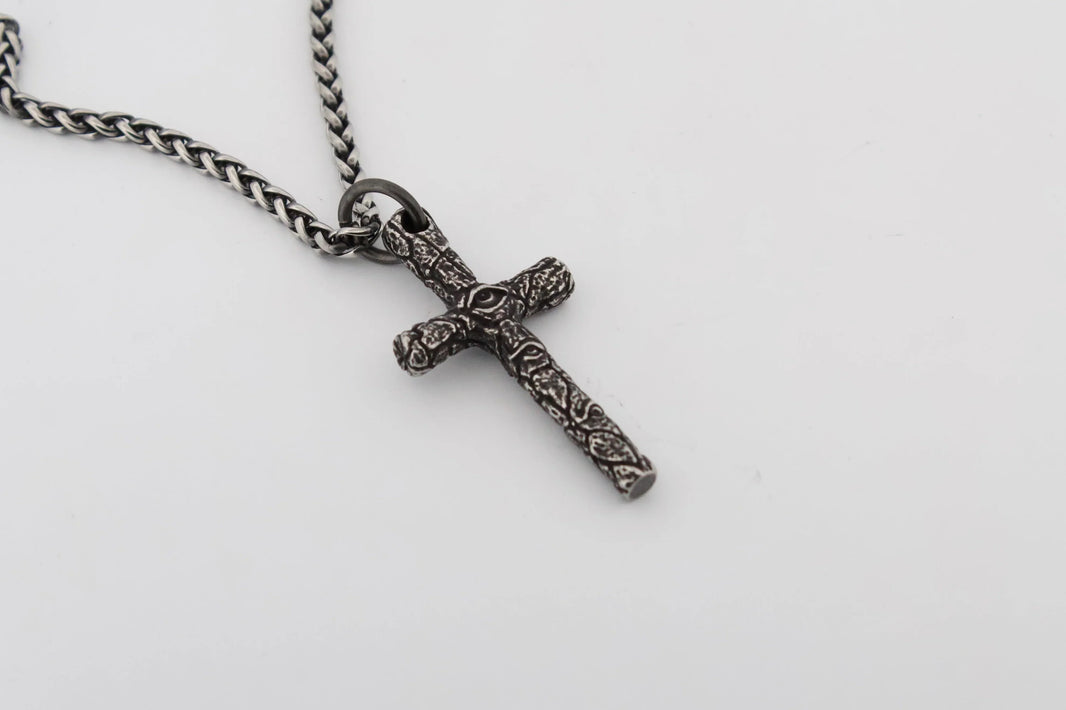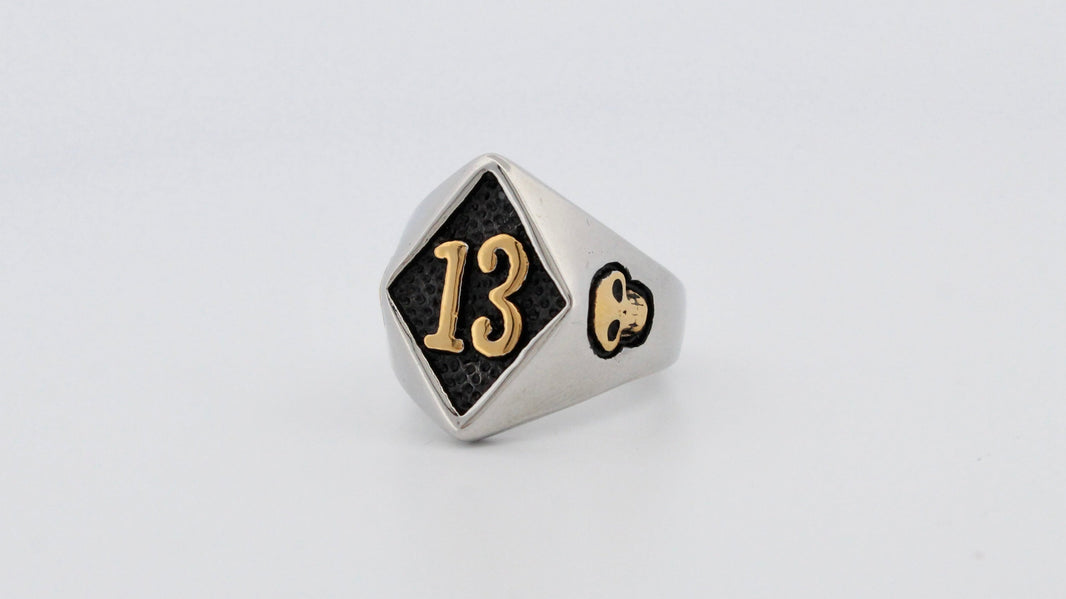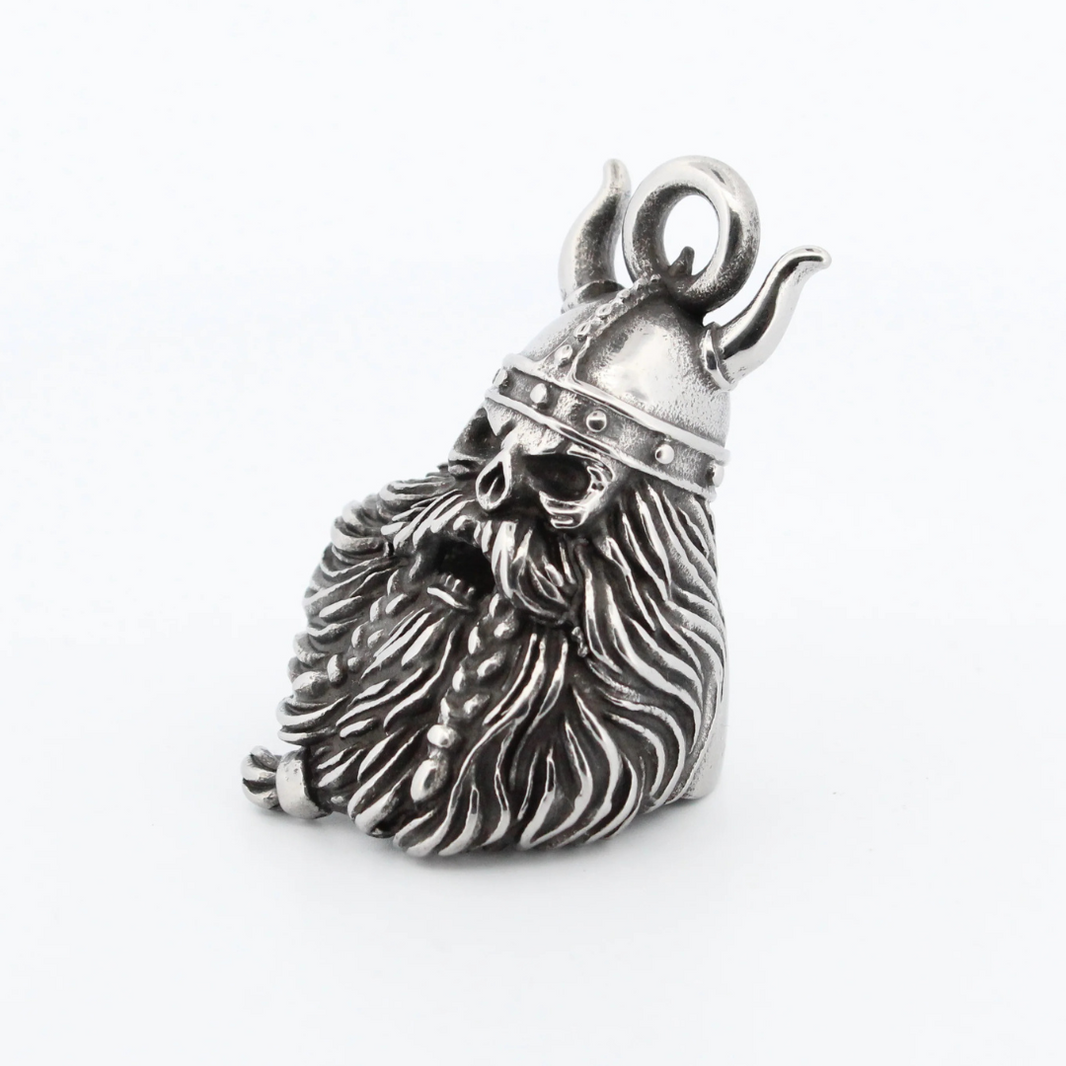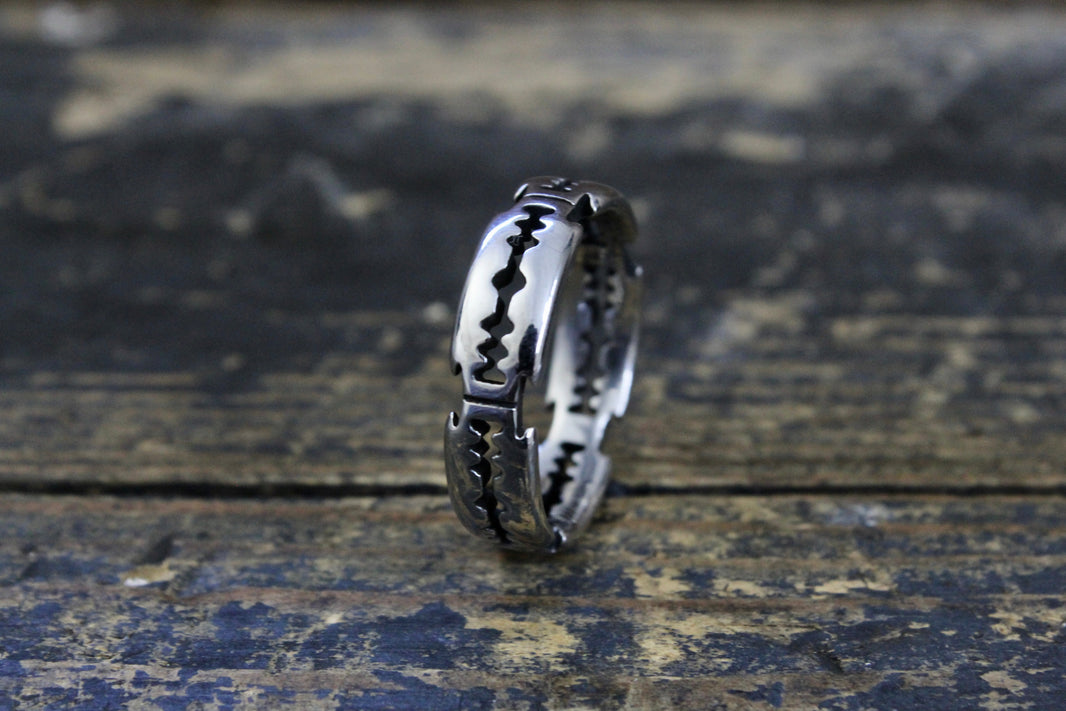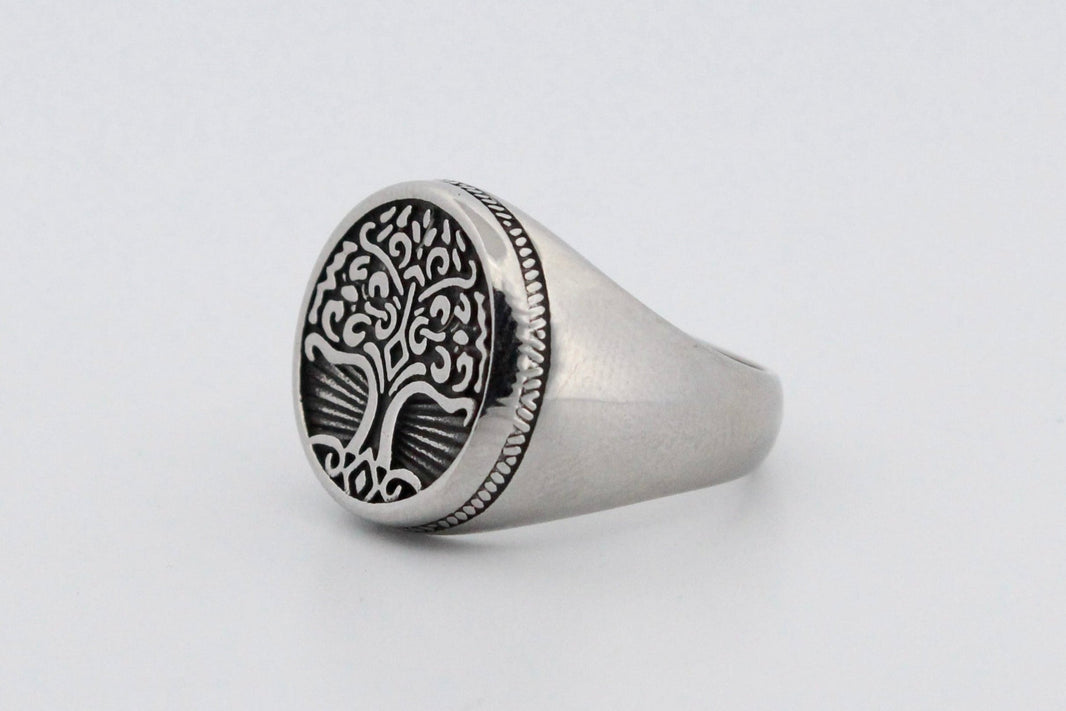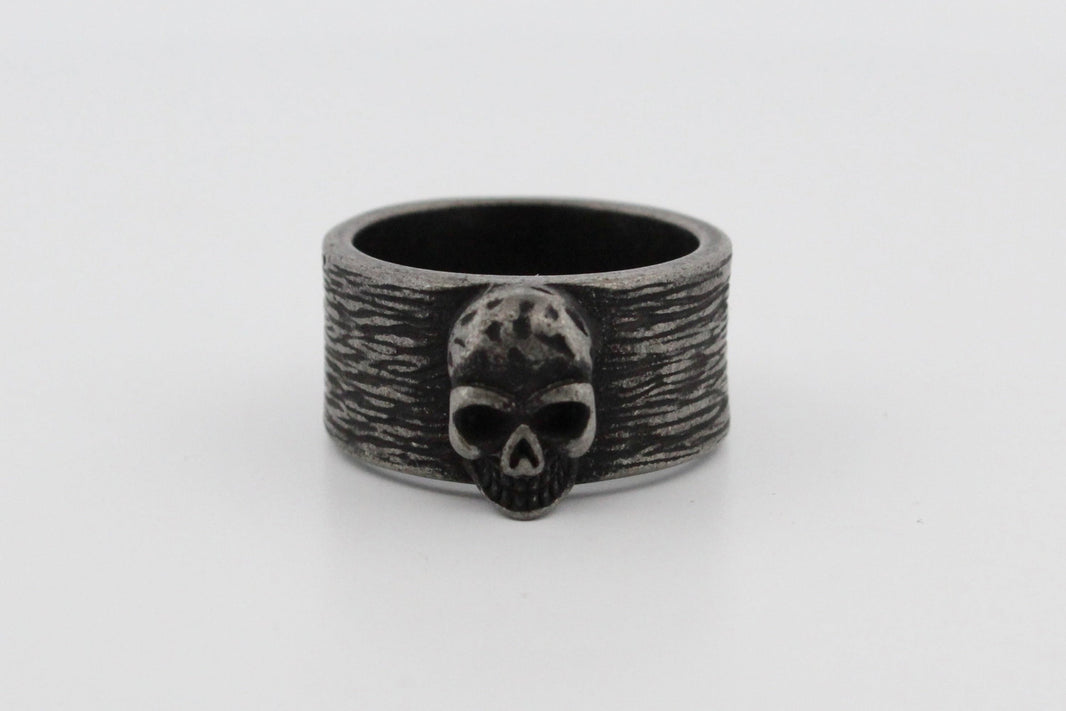Luck is often a matter of numbers, and perhaps it is no surprise that so many of us see certain numbers as lucky and some as unlucky, to the point that we will wear steel rings or tattoo numbers on our necks.
Whether it is a bad luck wind or a stroke of good fortune, the numbers 13 and seven, respectively, are seen at the extreme ends of misfortune and luck.
Traditionally, the number 13 has been associated with bad luck, and whilst there have been theories that it was seen earlier than this, the earliest widespread evidence of an unlucky 13 emerged with the rise in popularity of Tarot.
Card XIII in Tarot is Death, a Major Arcana card typically associated more generally with transformation and endings than with mortality. However, it quickly became associated with bad luck, misfortune and death after that.
Once it became established as bad luck, theories went back to find evidence, such as a lack of a 13th law in the Code of Hammurabi in Ancient Babylon, the 13 people sat at The Last Supper, and the arrest of the Knights Templar taking place on Friday 13th October in the year 1307.
By contrast, seven is considered to be a very lucky number, and a major part of this is simply that there are so many connections the number seven has to different parts of life and culture.
There are seven days in a week because the Babylonians saw seven main cosmic bodies. Musical diatonic scales consist of exactly seven notes. The Sumerians used a number system that relied on multiples of six, meaning that dividing by seven leads to a recurring decimal. Like refracted through a prism into the seven colours of the rainbow.
There were countless connections to the point that the number itself had a degree of power; as more people thought it was a lucky number, more people would create groups of seven and make it seem even luckier.

